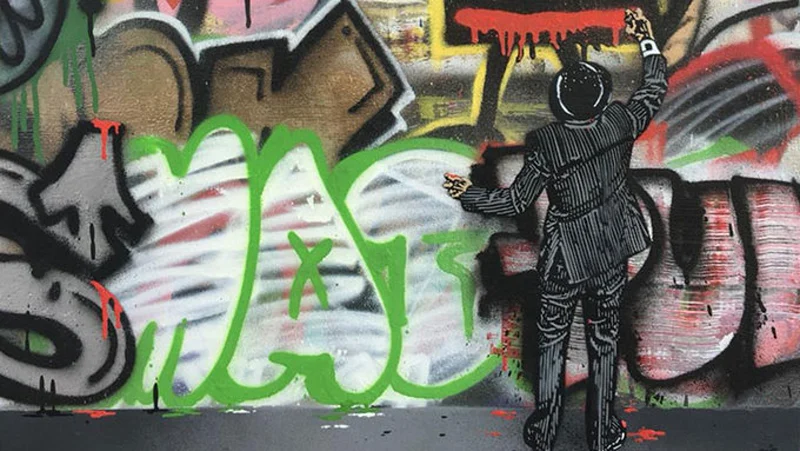In recent years, the world of art has experienced a significant shift as street art paintings have gained prominence not only for their visual appeal but also for their accessibility and inclusivity. Unlike traditional art forms that often find themselves confined within the walls of exclusive galleries, street art paintings are breaking down barriers and making art more approachable for all. In this blog post, we will explore the captivating realm of street art, focusing on its accessibility and inclusivity, and how it is reshaping the art landscape.

Street Art: A Canvas for All
One of the defining features of street art paintings is their omnipresence. They exist in the public realm, accessible to anyone who walks by. This accessibility challenges the notion that art is reserved for the elite or those who can afford gallery admissions. Street art democratizes the art experience. It invites everyone, regardless of their background or socioeconomic status, to engage in creativity and self-expression. Passersby become inadvertent art enthusiasts, stumbling upon unexpected masterpieces that add color and character to their daily routines.
Fostering Inclusivity Through Representation
Inclusivity in art is not only about physical accessibility but also about representation and diverse voices. Street art paintings are known for addressing a wide range of social and cultural issues. They often reflect the communities in which they are created. Artists use their work to amplify marginalized voices, challenge stereotypes, and highlight underrepresented groups’ struggles. By bringing these narratives to public spaces, street art empowers communities. It also provides a platform for social justice, equity, and inclusion discussions.

Engaging the Senses and Igniting Curiosity
Street art paintings have a unique way of engaging the senses and sparking curiosity. Unlike the silent halls of a museum, street art thrives in bustling urban environments, where the sounds, smells, and textures of everyday life provide a dynamic backdrop. The public nature of street art allows people to interact with the artwork in a more informal and uninhibited manner. Viewers can touch, photograph, and even become a part of the artwork, fostering a deeper connection and making art a tangible and interactive experience.
Creative Reimagining of Spaces
Accessibility also extends to the spaces that street art occupies. Artists often choose unconventional canvases – abandoned buildings, alleyways, and public infrastructure – to create their masterpieces. This creative reimagining of urban spaces transforms neglected areas into cultural landmarks, breathing new life into the surroundings. Resulting in revitalizing communities, where the mundane becomes extraordinary, inviting residents and visitors alike to explore their cities with fresh eyes.

Street Art Paintings
Street art paintings are not just decorative elements. They are powerful agents of change, breaking down barriers, and championing accessibility and inclusivity in the world of art. By existing in public spaces, representing diverse perspectives, and engaging the senses, street art transcends traditional art boundaries, inviting all to partake in the magic of creativity.
As we celebrate the rise of street art, let us recognize its role in making art an inclusive and shared experience for people from all walks of life. Whether you’re an art aficionado or simply a passerby, street art paintings offer a visual symphony that speaks a universal language – a language of accessibility, inclusivity, and inspiration.
Cover image: The Art of Nick Walker

Leave a Reply